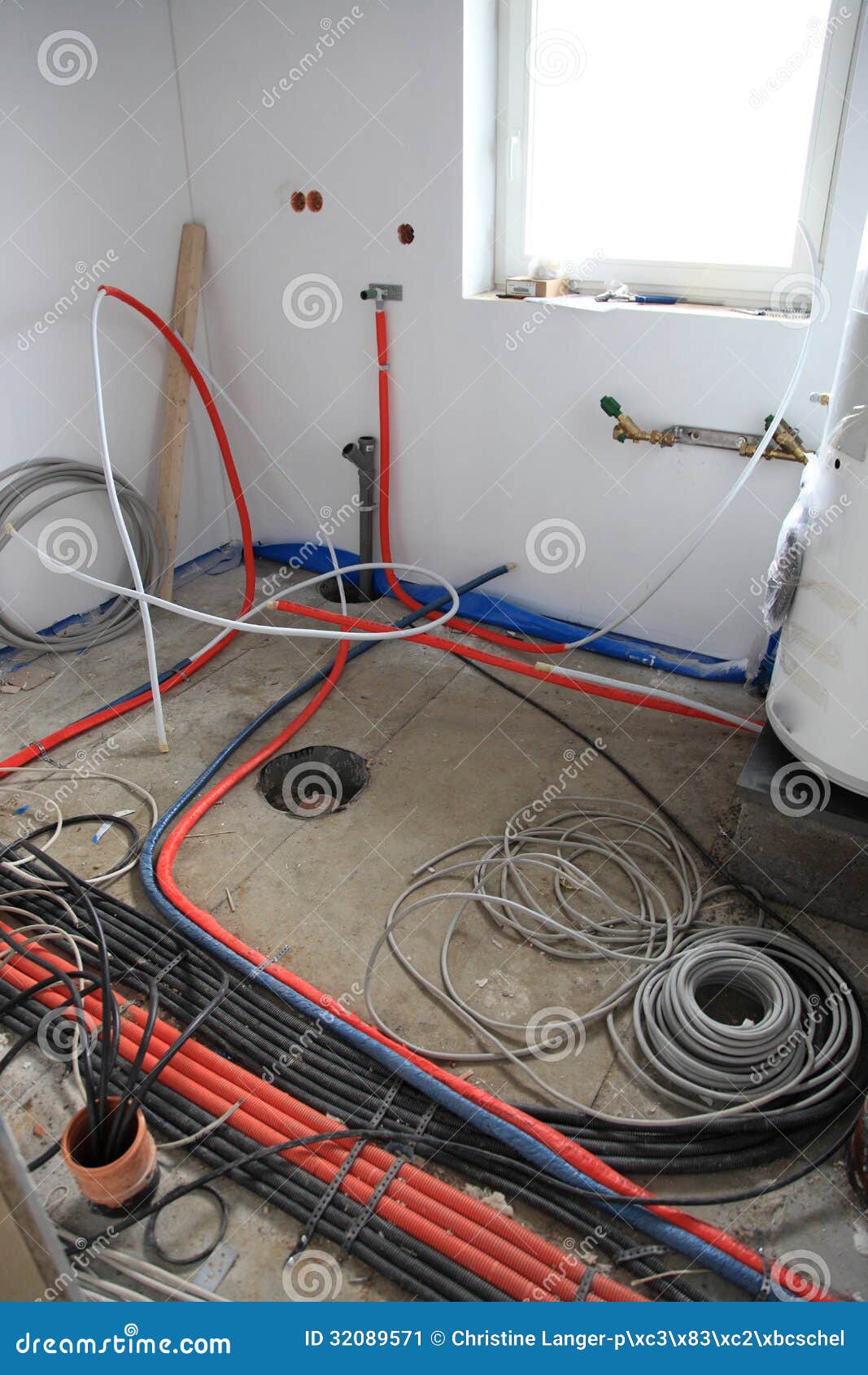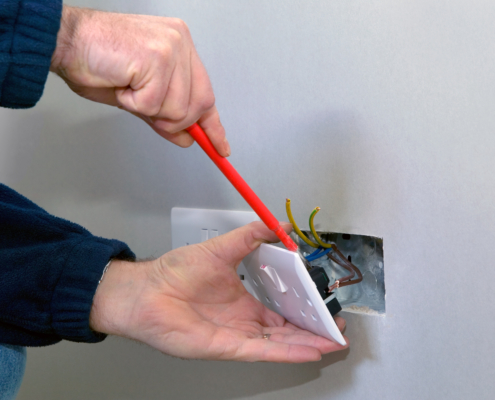Custom-made BRE Electrical Solutions for Efficient and Safe Installations
Custom-made BRE Electrical Solutions for Efficient and Safe Installations
Blog Article
Debunking Electrical Installment: Understanding Codes and Rules for a Lawful and Safe Setup
In the realm of electrical installation, adherence to codes and policies is paramount to ensure both validity and safety. The journey to debunking electric installment goes past simple knowledge with laws; it demands an extensive grasp of how to carry out risk-free electric practices efficiently.
Relevance of Electric Codes
The adherence to electrical codes is crucial in ensuring the safety and security and dependability of electrical installations. Electric codes function as a collection of criteria and guidelines that dictate the appropriate design, installation, and upkeep of electric systems. These codes are established to minimize the risk of electric threats, fires, and other security issues that may emerge from faulty electric work.

Moreover, electrical codes are routinely updated to integrate new technologies, best techniques, and precaution. Staying updated with these codes is essential for specialists in the electrical sector to make sure that their job satisfies the most up to date safety and security standards. Inevitably, the significance of electrical codes depends on creating a safe and efficient electrical framework that benefits both people and neighborhoods.
Secret Rules for Security
A number of essential laws control the safety and security standards in electric setups. One essential policy is the National Electrical Code (NEC), which provides guidelines for secure electrical style, installment, and examination to shield people and residential or commercial property from electric risks. The NEC covers aspects such as electrical wiring methods, grounding, overcurrent security, and equipment installation to guarantee a secure electric system.
Another crucial law is the Occupational Security and Health And Wellness Management (OSHA) requirements, which focus on the safety of workers involved in electrical installations (BRE Services). OSHA policies include demands for appropriate training, safety and security procedures, and individual protective tools to prevent office mishaps and injuries
In Addition, the International Electrotechnical Compensation (IEC) requirements intend to harmonize electric installation guidelines on a global scale. These criteria address issues like electric devices safety and security, electromagnetic compatibility, and power performance to advertise uniformity and safety and security in electric installations worldwide.
Compliance with these key guidelines is essential to guarantee the security and validity of electric installments, shielding both individuals and property from the threats connected with power.
Understanding National Electric Code
Key policies such as the National Electric Code (NEC) supply important guidelines for risk-free electric layout, installation, and examination to guarantee the security of individuals and property from electrical threats. The NEC, likewise called NFPA 70, is an extensive collection of criteria for electric installations that are upgraded every 3 years. It is established by the National Fire Security Association (NFPA) and is extensively adopted throughout the United States.
The NEC covers numerous aspects of electric job, including wiring techniques, grounding, overcurrent security, and tools setup. It intends to safeguard people and building by resolving potential risks associated with electrical systems. Conformity with the NEC is normally implemented by local authorities having territory (AHJs), such as building code authorities and assessors.
Recognizing the NEC is vital for electrical contractors, designers, and examiners to great site make certain that installments fulfill the necessary safety and security demands. By sticking to the NEC guidelines, experts can aid protect against electrical accidents and ensure the reliability of electrical systems in domestic, commercial, and commercial setups.

Conformity With Neighborhood Building Ordinance
Comprehending and sticking to local structure codes is crucial for making sure the safety and compliance of electric setups within a details jurisdiction (BRE Services). Local building codes differ from one municipality to one more, and they are placed in area to protect the well-being of occupants and buildings. These codes describe particular needs for electric setups, such as the type of electrical wiring to be utilized, positioning of electrical outlets, grounding techniques, and tons capacities. By adhering to local building regulations, electricians can ensure that setups are done appropriately and satisfy the essential safety criteria.
When it comes to electric setups, failure to conform with local building codes can result in severe effects. Non-compliant installments may pose safety and security dangers, raise the threat of electrical fires, and lead to pricey fines or lawful problems.
Making Sure Safe Electrical Practices
Exercising stringent adherence to developed safety procedures is important in the field of electrical installations to mitigate potential threats and make sure the well-being of individuals and buildings. Security in electric job encompasses numerous aspects, starting with the appropriate training of workers associated with installment, upkeep, and repair service. It is necessary to adhere to maker guidelines thoroughly you can find out more when managing electrical components and devices. Before commencing any work, it is critical to carry out an extensive threat assessment to identify possible risks and apply preventive actions. Utilizing individual safety devices (PPE) such as protected gloves, shatterproof glass, and non-conductive shoes is non-negotiable to guard against electrical shocks and arc flashes. Routine equipment examinations, testing, and maintenance routines are essential to find and fix faults prior to they intensify into security threats. Adherence to appropriate lockout-tagout treatments during maintenance activities is vital to protect against unintentional energization of circuits. By prioritizing risk-free practices, electrical installations can work successfully while minimizing the probability of mishaps or damage.
Conclusion
Finally, adherence to electric codes and guidelines is essential for guaranteeing the safety and security and legitimacy of electrical installments. Recognizing the National Electric Code and conformity with local structure codes are vital for a secure setup. By complying with these guidelines and exercising safe electric practices, Full Report individuals can avoid prospective threats and guarantee the correct functioning of their electric systems.
Report this page